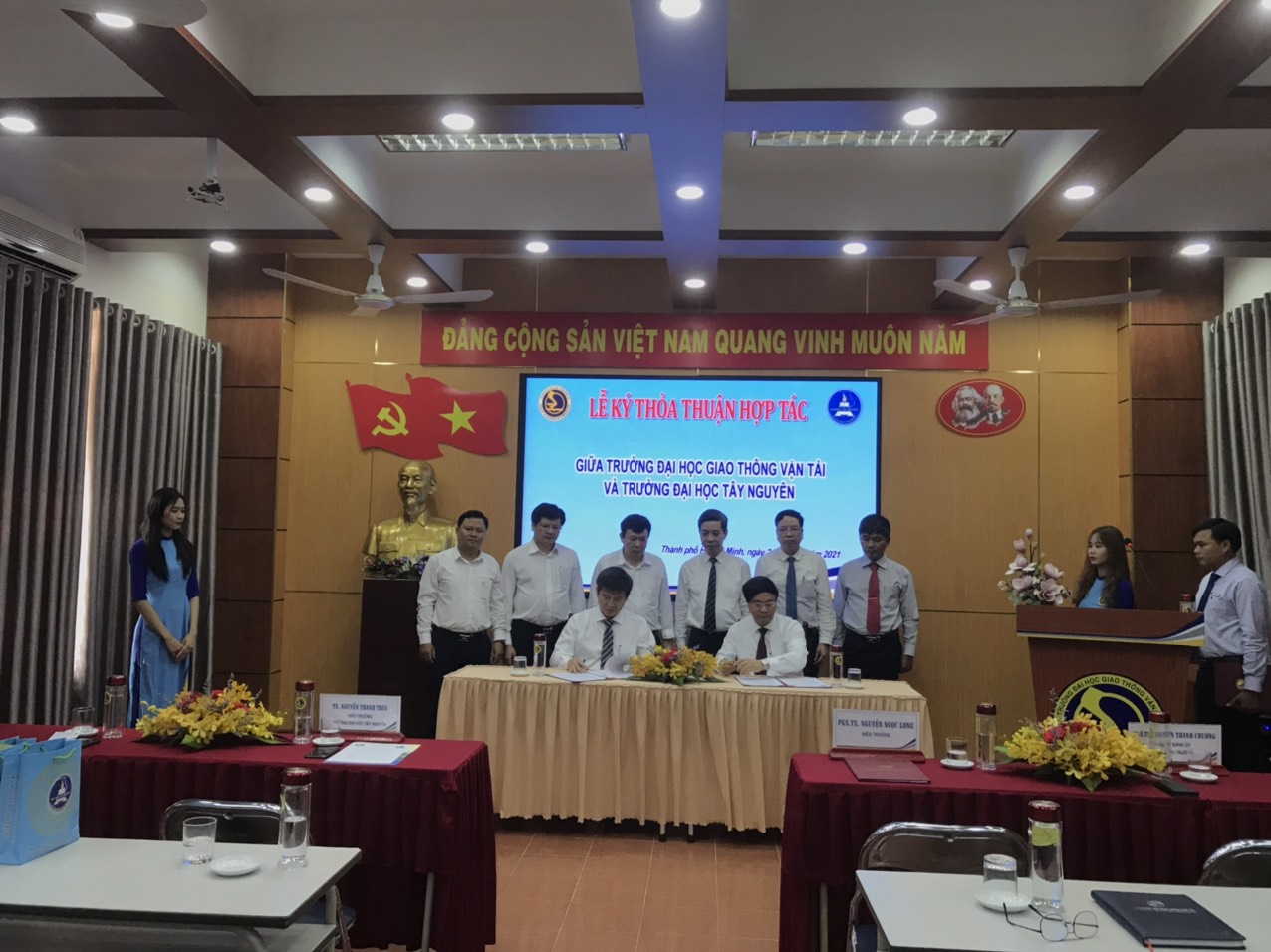THÔNG TIN TÓM TẮT VỀ NHỮNG ĐÓNG GÓP MỚI
CỦA LUẬN ÁN TIẾN SĨ
Tên luận án: Nghiên cứu đặc tính cơ lý của chất thải rắn sinh hoạt phục vụ đánh giá ổn định bãi chứa và khả năng sử dụng tro đáy trong xây dựng đường.
Ngành: Kỹ thuật xây dựng công trình giao thông.
Mã số: 9580205.
Nghiên cứu sinh: Nguyễn Anh Tuấn
Giáo viên hướng dẫn: 1 PGS. TS. Nguyễn Châu Lân
2. TS. Phí Hồng Thịnh
Cơ sở đào tạo: Trường Đại học Giao thông vận tải
TÓM TẮT ĐÓNG GÓP MỚI CỦA LUẬN ÁN
1. Luận án đã góp phần bổ sung phương pháp luận nghiên cứu CTRSH. Luận án đã bước đầu xác định được đặc tính cơ lý của chất thải rắn sinh hoạt tại hai bãi chứa. Sự biến đổi một số chỉ tiêu vật lý và cơ học của CTRSH được xác định bằng phương pháp địa-vật lý, từ đó đánh giá được độ ẩm hay sự phân bố nước trong lớp CTRSH thông qua công thức , kết hợp sử dụng phương pháp xuyên động (DCP) để tính toán góc ma sát trong của CTRSH theo công thức
.
2. Từ kết quả thí nghiệm cắt kích thước lớn, ảnh hưởng của kích thước mẫu đến sức chống cắt của CTRSH đã được xác định khi bão hòa, lực dính đơn vị của CTRSH có giá trị từ 18 đến 26,3 kPa; góc ma sát trong của CTRSH có giá trị từ 30° đến 38°. Kết hợp với giá trị sức chống cắt được xác định qua thí nghiệm trong phòng và hiện trường đã phân tích được cơ chế mất ổn định của bãi chứa Cam Ly là trượt bề mặt khi gặp mưa kéo dài; đồng thời luận án cũng phân tích và đánh giá ổn định của bãi chứa Kiêu Kỵ.
3. Luận án đã đề xuất được các công thức xét đến ảnh hưởng của hàm lượng xi măng và tuổi mẫu đến cường độ chịu nén và cường độ chịu kéo (ép chẻ) của tro đáy CTRSH sau khi đốt gia cố xi măng.
4. Luận án đề xuất được khả năng ứng dụng tro đáy từ nhà máy đốt CTRSH làm vật liệu đắp nền đường và móng đường cấp thấp. Kiến nghị sử dụng hỗn hợp tro đáy kết hợp với 6% xi măng làm các lớp nền và móng dưới của đường cấp thấp và 8% xi măng làm lớp móng trên của đường cấp thấp (cấp IV, cấp V).
INFORMATION ON NEW CONTRIBUTIONS OF THE THESIS
Name of dissertation: Study on the physical-mechanical properties of municipal solid waste to assess landfill stability and the potential use of bottom ash in road construction.
Major: Transport Construction Engineering.
Code No: 9580205.
Name of PhD. student: Nguyen Anh Tuan
Name of Supervisors: 1. Associate Prof. Dr. Nguyen Chau Lan
2. Dr. Phi Hong Thinh
Training Institution: University of Transport and Communications
SUMMARY OF THE NEW CONTRIBUTIONS OF THE THESIS
1. The thesis supplemented research methodology on municipal solid waste (MSW). The thesis initially determined physical and mechanical properties of MSW at two landfills by in-situ and laboratory experiments. The fluctuation of some physical and mechanical properties of MSW was identified by geophysical survey, and then it was used to assess moisture content / water distribution in the MSW through the formula The dynamic cone penetration test (DCP) was used to calculate the internal friction angle of MSW according to the formula
.
2. Based on the results of large-scale direct shear test, the effect of sample dimension on the shear strength of MSW under saturated conditions was determined. The laboratory testing results showed that the cohesion of MSW ranges from 18 to 26.3 kPa; the internal friction angle of MSW ranges from 30° to 38°. Combined with the results of shear strength determination by laboratory tests and in-situ experiments, the instability mechanism of the Cam Ly MSW landfill was analyzed. The analysis results showed that the instability mechanism belongs to surface sliding mode under prolonged rain conditions. In addition, the stability of the Kieu Ky MSW landfill was also analyzed and assessed.
3.The thesis proposed formulas considering the influence of cement content and curing time on the compressive and splitting tensile strength of incineration bottom ash - cement mixtures.
4. The thesis proposed the possibility of using bottom ash from MSW incineration plants as base, subbase and subgrade material for low-grade roads. It is recommended to use a mixture of bottom ash - 6% cement as the capping and subbase layers of low-grade roads (IV - V grade roads), and mixture of bottom ash - 8% cement as the sub-base and base layers of low-grade roads (IV - V grade roads).


